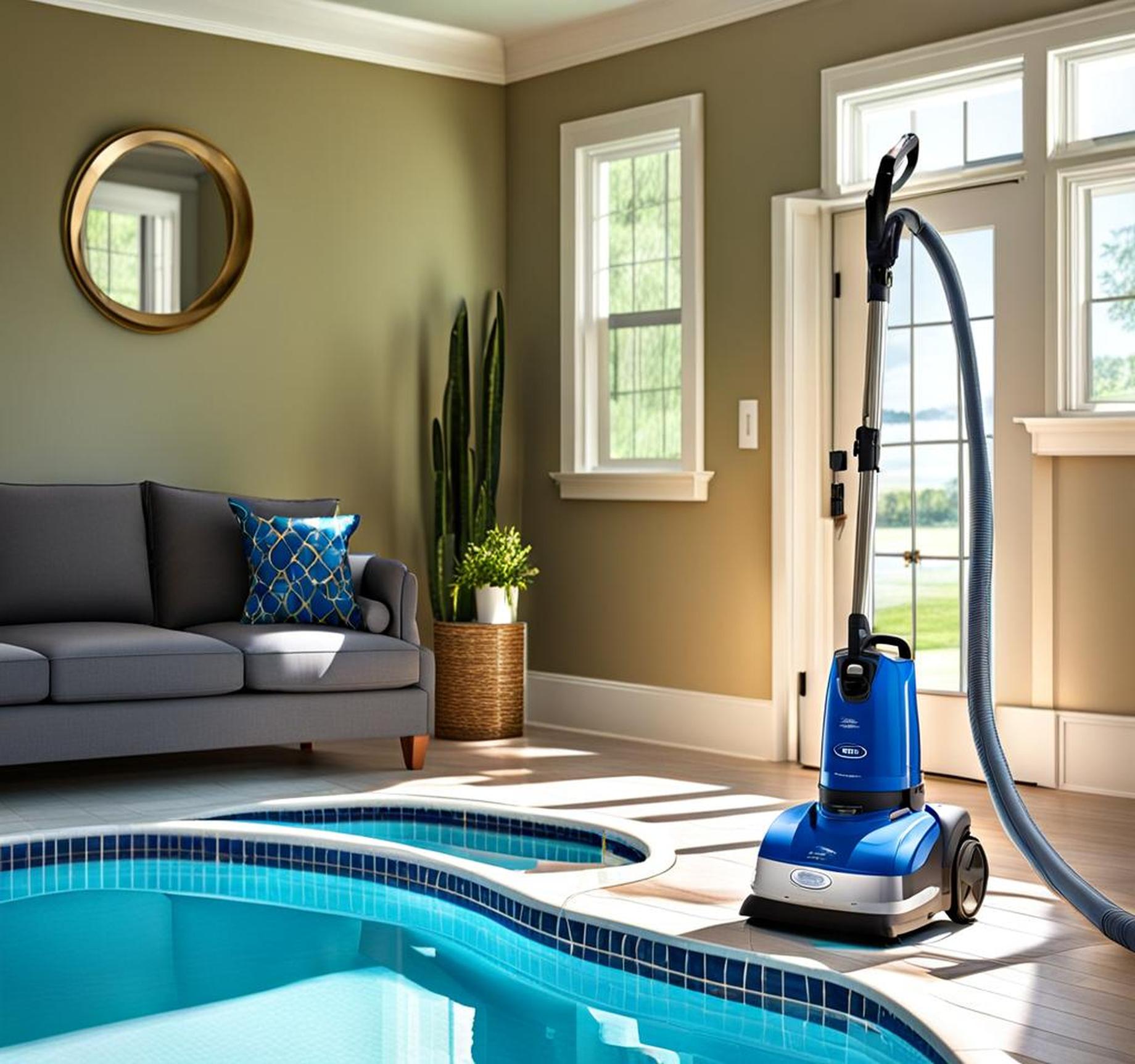Vacuuming your above ground pool regularly is essential for keeping it clean, clear, and ready for swimming. But for many pool owners, the prospect of hauling out a bulky vacuum and tangling with hoses can feel daunting. The good news is that vacuuming an above ground pool is actually quite simple – once you have the right equipment and technique.
Necessary Equipment to Vacuum an Above Ground Pool
Having the right vacuum components will make the job much smoother. Here’s an overview of what you’ll need:
Vacuum Head
For above-ground pools, it’s essential to choose a vacuum head that’s specifically designed for your type of pool. Look for a vacuum head with a wide mouth to effectively pick up larger debris, and a soft bristle brush to prevent scratching the pool’s liner.
Telescopic Pole
The telescopic pole connects to the vacuum head and allows you to reach all areas of the pool for thorough cleaning. Look for a lightweight aluminum or fiberglass pole that extends from 4-15 feet. Flip-lock adjustments make it easy to set the perfect length.

Vacuum Hose
A flexible vacuum hose attaches to the vacuum head and pump system to move water and debris. Make sure to get one long enough for your pool’s size and shape.
Skimmer (Optional)
Many above-ground pools include a skimmer basket that collects floating debris. You can attach the vacuum hose to the skimmer to catch all the dirt and leaves stirred up while vacuuming.
Preparing the Pump and Filter
Before getting started, confirm that your pool’s circulation pump and filter are running properly. Vacuuming works by sucking up debris through the pump system – so having it in top condition is a must.
Backwashing the filter beforehand clears out accumulated dirt so there’s plenty of room for the new debris removed while vacuuming.
Assembling the Vacuum Equipment
Once you have all the components, connect the vacuum head to the telescopic pole. Extend the pole to the desired length to comfortably reach the pool bottom. Then attach the open end of the vacuum hose to the vacuum head.
Lowering the Vacuum Head into the Pool
With the pump running, slowly lower the vacuum head into the deepest part of the pool. This prevents the head from getting stuck on the sides. Allow any air to escape from the hose as the head sinks below the surface.
Connecting the Hose
If your pool has a skimmer, secure the open end of the hose to it using the vacuum plate. Otherwise, insert the hose directly into the suction port. Ensure all connections are tight.
Vacuuming the Pool
Now the real work begins! Move the vacuum head across the pool floor using long, steady strokes. Overlap each pass slightly to cover all areas thoroughly. Take your time – rushing can stir up debris instead of removing it.
For stubborn dirt, use the soft brush attachment to help dislodge it before vacuuming up. Handle the hose carefully to avoid getting it twisted as you work around the pool.
After Vacuuming Steps
Once finished, turn off the pump. Remove the vacuum equipment and rinse thoroughly with fresh water. Allow parts to dry fully before storing for next time.
Don’t forget to check and empty the skimmer basket or pump filter basket. Proper maintenance keeps these components working efficiently.
Troubleshooting Problems
If you notice the vacuum seems to be losing suction, check that hoses are sealed tightly and the pump filter is clean. Consult a pool professional if additional horsepower is needed for adequate flow.
For vacuum heads getting stuck, look for debris obstructing the brushes or hose. Gently free the head and continue cleaning that area until clear.
While vacuuming an above-ground pool requires getting out the right equipment, the process itself is quite straightforward. By following these steps, you can get your pool sparkling clean without frustration. Be sure to vacuum at least once a week for best results. Soon you’ll be vacuuming like a pool maintenance pro!
